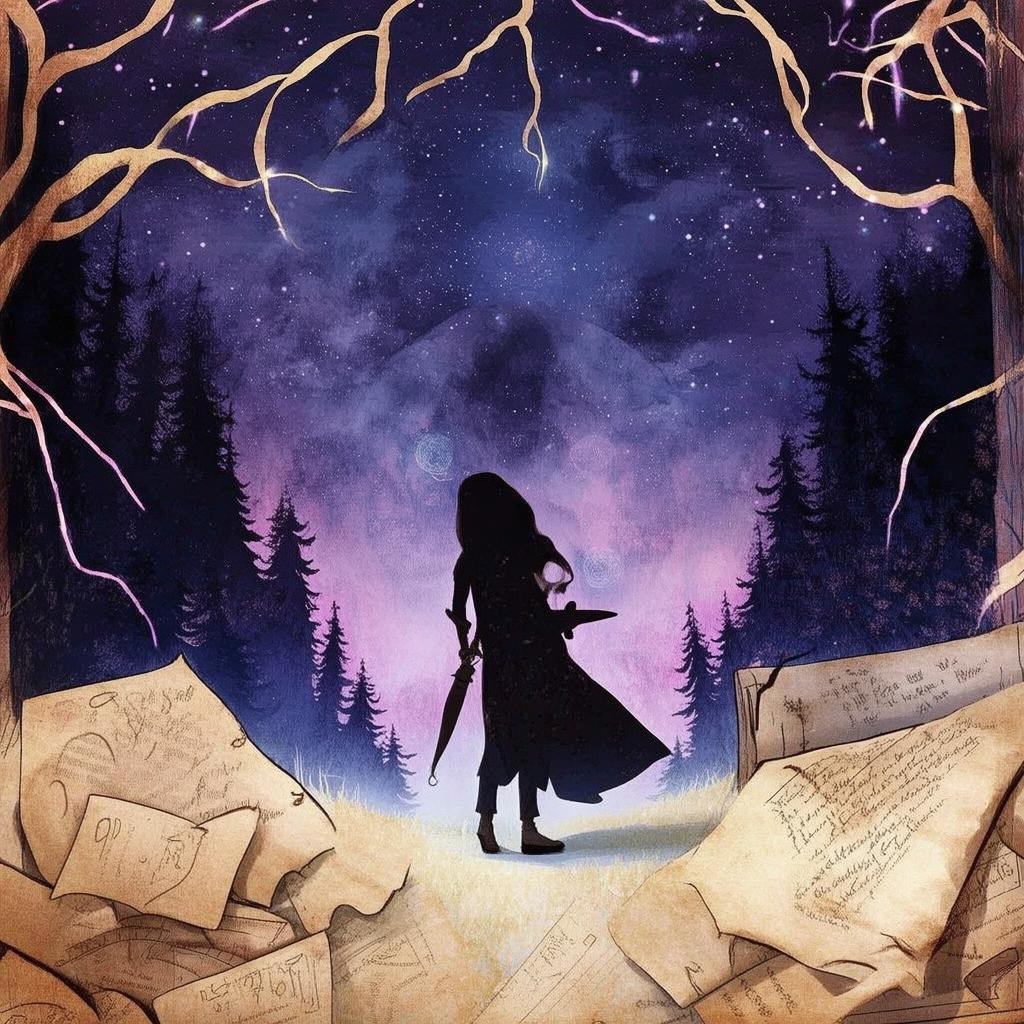The Real Account's Time-Traveling Tragedy's Triumph's Trap's Trapdoor
In the year 2145, time-travel was a reality, but it came with a heavy price. The Real Account, a company that offered the ultimate adventure, allowed individuals to experience the most pivotal moments in history. However, these experiences were not without their risks, as the Time-Traveling Tragedy had become a common occurrence.
Amara had always been fascinated by history, but she had never imagined herself as a participant in it. When she stumbled upon an advertisement for The Real Account, she couldn't resist the allure. The offer was too good to be true: a chance to live through the Renaissance, witness the signing of the Declaration of Independence, or even experience the fall of the Berlin Wall.
But as Amara stepped through the Trapdoor, she was plunged into a reality where time was fluid and the past was no longer a lesson but a living, breathing entity. She found herself in the middle of a tragic love story, caught between two men who were destined to be apart.
The man she had come to love, Leonardo, was a brilliant artist and inventor, whose genius was matched only by his tragic fate. The other, Michelangelo, was a sculptor whose passion for life was as intense as his obsession with death. Amara was torn between the two, her heart aching for both.
As she navigated through the triumphs and traps of the past, Amara discovered that The Real Account was not just a company; it was a trap. The experiences were designed to manipulate the participants, to make them fall in love, to create a tragedy that would be replayed over and over again.
The Trapdoor was not just a physical barrier; it was a metaphor for the choices Amara had to make. She could stay in the past, falling deeper into the love triangle, or she could return to her own time, leaving Leonardo and Michelangelo to their fates.
As the days turned into weeks, Amara realized that she had become part of the story. Her actions were influencing the outcome, and she was forced to confront the consequences of her decisions. She had to choose between her own future and the lives of two men who were destined to be alone.
The climax of Amara's time-traveling adventure came when she had to make the ultimate sacrifice. She knew that if she stayed in the past, she would be responsible for the tragic ending of both Leonardo and Michelangelo. But if she returned to her own time, she would leave them to face their fates alone.

In a heart-wrenching decision, Amara chose to stay in the past. She embraced the love that she had felt for both men, and in doing so, she became the key to their redemption. Her presence in their lives altered the course of history, and the love triangle became a story of triumph rather than tragedy.
As the Trapdoor closed behind her, Amara knew that she had changed the world. She had not only rewritten the past but also given hope to those who had been destined to suffer. The Real Account's Time-Traveling Tragedy had become her own triumph's trap, and she had escaped it by embracing the love that had been forbidden.
The ending of Amara's journey left her forever changed. She had learned that love was not just a feeling but a force that could alter the course of history. The Real Account's Time-Traveling Tragedy's Triumph's Trap's Trapdoor had been a lesson in love, loss, and the power of choice.
✨ Original Statement ✨
All articles published on this website (including but not limited to text, images, videos, and other content) are original or authorized for reposting and are protected by relevant laws. Without the explicit written permission of this website, no individual or organization may copy, modify, repost, or use the content for commercial purposes.
If you need to quote or cooperate, please contact this site for authorization. We reserve the right to pursue legal responsibility for any unauthorized use.
Hereby declared.









